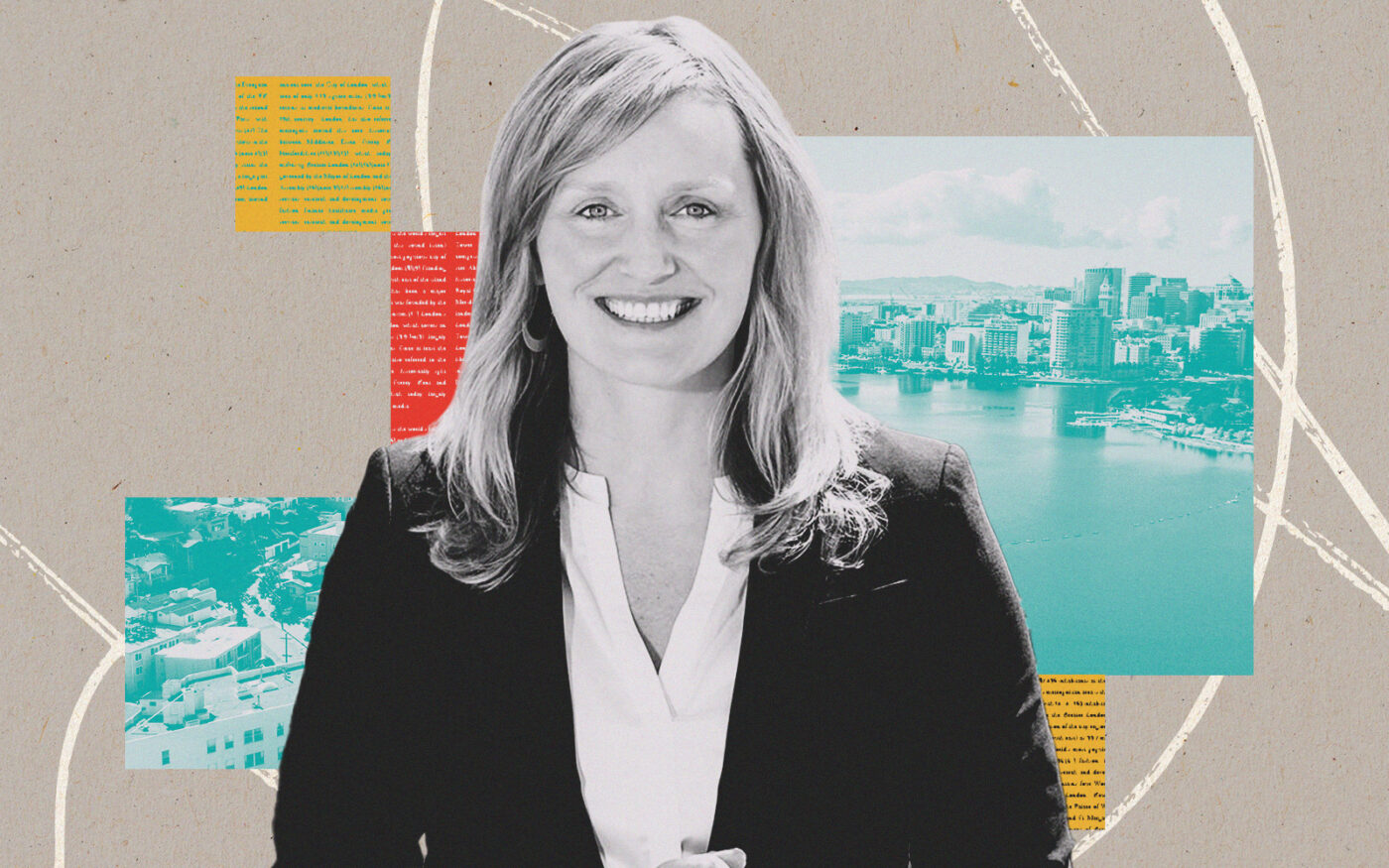 Builder's justice: How a legal loophole could reshape California
Builder's justice: How a legal loophole could reshape California
Trending
Oakland lawmaker Buffy Wicks writes bill to upgrade builder’s remedy
Proposed state law would bar use of controversial provision in industrial zones

Builder’s remedy, a decades-old loophole in state housing law recently used by developers to quickly score project approvals, may be in need of a makeover.
That’s the conclusion of Assemblywoman Buffy Wicks, D-Oakland, who has written a bill to tune-up the controversial provision that for the last 14 months has turned the state into a wild West for real estate development, the Silicon Valley Business Journal reported.
This week Wicks, backed by State Attorney General Rob Bonta, proposed Assembly Bill 1893 to update the 34-year-old code. While the legislation would lower the threshold for affordable housing, it would bar developers from employing the remedy in industrial zones.
“We are finally updating this important provision to be clearer for local governments, planners, developers and courts,” Bonta said in a statement.
The current law, still being tested in the courts, stretches back to 1990, when lawmakers updated the Housing Accountability Act, an “anti-NIMBY” law passed eight-years earlier to restrict cities from denying projects if they fit local zoning.
Advocates of affordable housing convinced legislators to beef up the law by creating penalties for cities that failed to adopt state-mandated Housing Elements, or blueprints for future growth, by stripping local governments of their ability to enforce local planning and zoning laws.
The resulting “builder’s remedy” allows housing developers to bypass zoning rules in cities or counties that fail to certify their state housing plans, as long as they make at least 20 percent of the units affordable to low-income households, or 100 percent for moderate-income households.
The provision was all-but forgotten until 2022, when developer Leo Pustilnikov employed the remedy for thousands of homes in Redondo Beach. Then Santa Monica. Then Beverly Hills.
Before long, builders had employed the remedy across the state and the Bay Area, with projects seeking automatic approval in cities that busted housing plan deadlines. So far, none of the builder’s remedy projects have been completed.
A majority of the proposed builder’s remedy projects are in high-income cities such as Santa Monica, Redondo Beach, Menlo Park and Palo Alto, according to TRD, citing figures this month from Oakland-based YIMBY Law.
AB 1893, as proposed, would alter the builder’s remedy by requiring fewer affordable apartments, lowering the low-income threshold from 20 percent to 10 percent, according to the Business Journal. The 100 percent requirement for moderate-income projects would stand.
It would also prevent the builder’s remedy from being used to build homes on industrial land, or land next to property “where more than one-third of the square footage site is dedicated to industrial use.”
The law, if passed, would not apply to projects with applications deemed complete on or before April 1.
Christopher Elmendorf, a law professor at the University of California who specializes in land use, said cities are “a little bit on their back foot right now” in terms of how things are going in court regarding the builder’s remedy.
“But there are many open questions about the law, and this would solve a bunch of them,” Elmendorf told the Business Journal of AB 1893. “I think there would certainly still be litigation, but also more assurances to cities and developers.”
Wicks, chair of the Assembly’s Appropriations Committee, was behind AB 1307, which counters a court ruling that would have blocked a housing development in UC Berkeley’s People’s Park, by stipulating that residential noise would not be considered a significant environmental impact.
— Dana Bartholomew
Read more
 Builder's justice: How a legal loophole could reshape California
Builder's justice: How a legal loophole could reshape California
 Meet the developer giving California NIMBYs nightmares
Meet the developer giving California NIMBYs nightmares
 Builder’s remedy mania will soon migrate to Bay Area
Builder’s remedy mania will soon migrate to Bay Area




